However, whether this commitment is realized depends on the implementation of the Law on Teachers. This is a much more complex and difficult task than drafting and enacting the Law.
A new era for the teaching profession.
The Law on Teachers, built in the spirit of "developmental innovation" of Resolution No. 66-NQ/TW dated April 30, 2025, of the Politburo , is a powerful legal tool for transforming Vietnam's education system. It not only addresses current shortcomings but also ushers in a new era for the teaching profession, where teachers are considered the most valuable asset and the main driving force for educational development.
However, the Law on Teachers, once implemented, will face unforeseen difficulties and challenges from many sides under the influence of political, social, cultural, and economic factors, many of which lie outside of education.
One of the major challenges today is that, both in our country and around the world, the teaching profession is undergoing profound changes along with education under the impact of global trends related to technological progress, trade instability, geopolitical conflicts, demographic shifts, and sustainable development.
Along with the question of how education must transform to contribute to successfully shaping a more peaceful, just, resilient, and sustainable world, there is the question of how the teaching profession and educators must transform so that learners can succeed in tomorrow's world, with its many unpredictable differences in living and working environments compared to today.
This article aims to contribute ideas to the implementation of the Law on Teachers, focusing on answering the question above through building and developing a team of teachers capable of adapting and shaping the future. The suggestions are based on in-depth analysis of the evolution of the teaching profession, relevant international studies from UNESCO and OECD, and with the assistance of artificial intelligence (AI).
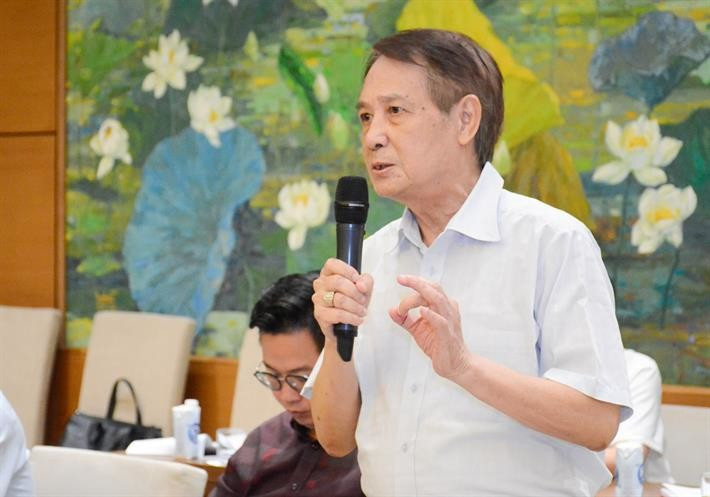
Request for conversion with teachers
Education systems worldwide are now undergoing dramatic transformations to respond to and adapt to the rapid changes and increasing complexity, particularly under the impact of artificial intelligence. However, these challenges present a unique opportunity to drive the transformation of the teaching profession as a dynamic, adaptable, collaborative, and innovative occupation with the following core characteristics:
First and foremost is a deeper understanding of the professional identity of educators. This identity represents the core values, purpose, and meaning that educators bring to their professional activities. Essentially, it is a profound and authentic awareness of the qualities and competencies that educators continuously develop over time. It is also the awareness of being an indispensable and valued part of the school community, where educators feel respected, supported, and empowered to contribute meaningfully; it is the spirit of lifelong learning, a habit of reflection, curiosity, openness, and innovation to continuously develop, meet new challenges, seize new opportunities, and focus on preparing learners to face future challenges.
Secondly, it involves promoting the autonomy and self-determination of teachers in their professional activities, as those at the forefront, actively leading change and shaping the future of education. Here, the autonomy of teachers is understood as the degree of freedom and independence they have in making decisions about professional activities, implementing educational programs, practicing teaching, and managing the classroom.
Teachers' autonomy, on the other hand, is an expansion of their self-determination, their ability to act forward, experiment with new teaching methods, design new learning activities, and adapt to change, based on the belief that their purposeful decisions and actions can positively impact their professional activities, students' learning experiences, and the needs of society.
Thirdly, regarding professionalism, educators must cultivate a new level of professionalism: connective professionalism. This requires educators to be able to interact with colleagues, foster connections between schools and families and the community, exchange information between schools, and work effectively in multidisciplinary teams.
The mindset needs to shift dramatically from "me and my class" to "us and our school," fostering a culture of shared feedback and mutual support to reduce individual pressure and leverage collective professional identity.
Fourth, professional networking demands new competencies from educators: the ability to collaborate. This is no longer an optional addition but a core, mandatory competency. This indicates that future teacher training and development must strongly integrate interdisciplinary and communication skills, shifting the focus from individual excellence to collective impact.
This also implies that the traditional classroom model, confined within four walls, is becoming increasingly outdated. Teaching is no longer about an individual teacher guiding students through activities or lessons behind closed classroom doors; rather, it is a school-wide endeavor, conducted in collaboration with other educators, with the school itself serving as a unit for lifelong learning.
Fifth, along with collaborative skills, educators must enhance their scientific research capabilities, innovation, and digital transformation. In the context of numerous challenges and the increasingly widespread opportunities presented by the application and development of AI in education, educators are no longer passively transmitting knowledge, but actively leading and accompanying learners in acquiring knowledge, promoting experiential learning, exploration, and curiosity, identifying and pursuing research questions, generating knowledge, and becoming agents of change.
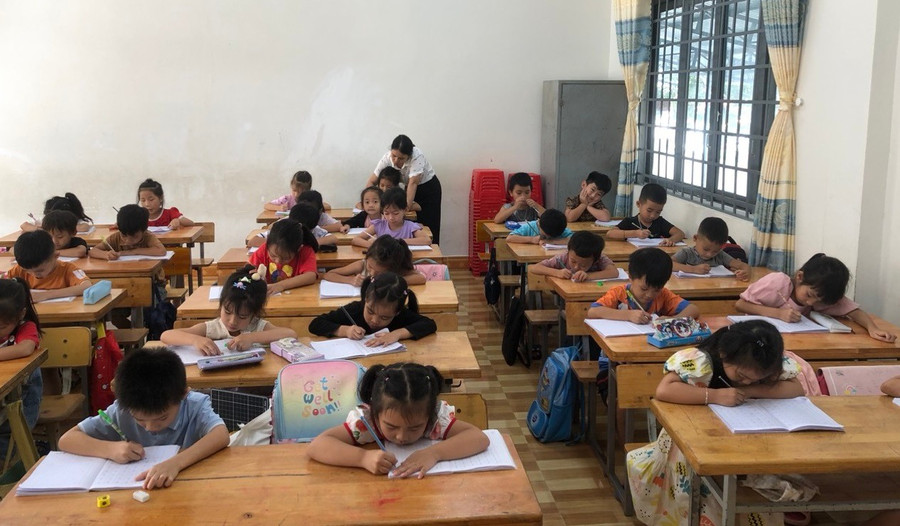
Priority solutions
To realize the aforementioned characteristics in building a team of educators capable of creating breakthroughs in fundamental and comprehensive educational reform in accordance with the spirit of Conclusion No. 91-KL/TW of the Politburo on continuing to implement Resolution 29-NQ/TW, the following priority tasks and solutions are recommended in organizing the implementation of the Law on Educators:
Firstly, develop teacher training and professional development programs that are transformative, adaptable, and responsive to the evolution of the teaching profession, proactively preparing for the transformation of teaching and learning in educational institutions. Promptly issue professional standards for teachers, as open standards that are readily supplemented and updated, to serve as a foundation for building and fostering a lifelong learning ecosystem and continuous professional development for teachers.
Applying digital technology to build free online learning platforms allows educators to choose training modules that align with their personal development goals and school requirements. Developing networks and communities of practice both inside and outside the school facilitates mutual support, learning, and sharing of expertise, skills, and experience among educators.
Secondly, teachers should be empowered with autonomy, self-determination, and leadership and management skills to creatively carry out professional activities related to their work, from curriculum development and pedagogical activities to classroom management and school administration.
Empowering teachers to experiment with new pedagogical methods based on learner needs, fostering curious and open-minded thinking, and supporting teachers in developing learners' self-regulation and self-improvement abilities requires a change in management structure, promoting school autonomy and accountability, coupled with increased trust in teachers' professional and managerial competence.
Creating conditions and encouraging teachers at all levels to conduct scientific research, from in-depth scientific research at higher education institutions to applying research results to improve and enhance the quality of teaching in secondary schools.
Thirdly, promoting cooperation and teamwork mechanisms in the professional activities of educators: Cooperation is increasingly seen as a core leadership competency and skill for educators. This is because ensuring student success now requires a collective effort where professional development and problem-solving are shared responsibilities.
We need to build a collaborative work regime and environment, from awareness to action. This includes training and developing teachers; organizing classes and designing dedicated physical spaces for reflection and group work; encouraging inter-school learning to build collective professional identity and share experiences; designing flexible and diverse career paths that open up opportunities for teachers to explore different roles, from teaching experts to professional leaders, adapting to the changing needs of the education system; and building strong partnerships with other experts inside and outside the school, educational technology (edtech) providers, the community, families, businesses, and social organizations to create a dynamic and interconnected educational ecosystem.
Fourth, we must promote the development of school culture, with the central core being the standard values of Vietnamese people in the era of industrialization, modernization, and international cooperation, based on the Fourth Industrial Revolution. Within this, the core value is happiness, as both a means and an end of quality education.
Using school culture as a foundation to perfect, develop, and expand the entire system of friendly and happy school models, creating a constructive working environment that brings well-being to teachers, intellectual satisfaction, and job satisfaction to attract talent and retain teachers.
Implementing the Law on Teachers requires a comprehensive approach involving the entire government and society to realize the Party and State's policy of enhancing the status, motivation, and capabilities of teachers as the main force responsible for breakthroughs in fundamental and comprehensive educational reform. Therefore, an action plan is needed with specific goals, targets, roadmaps, tasks, solutions, and resources, including priority tasks and solutions.
Besides prioritizing solutions regarding salaries and benefits to enhance teacher motivation, discussions are needed on priority solutions, both short-term, medium-term, and long-term, to improve the capacity of the teaching staff to effectively adapt to and meet the high, diverse, and changing needs of learners, the labor market, and society in the era of national development.
Source: https://giaoducthoidai.vn/dua-luat-nha-giao-vao-cuoc-song-trien-khai-theo-tinh-than-kien-tao-phat-trien-post739437.html








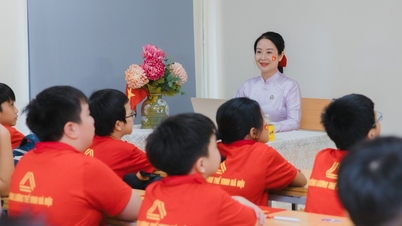

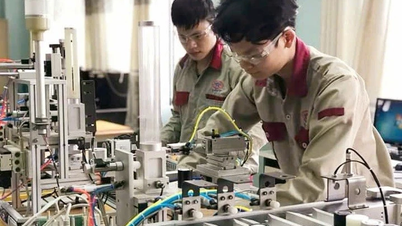


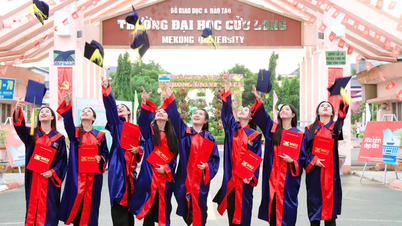


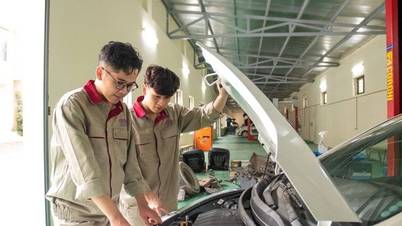
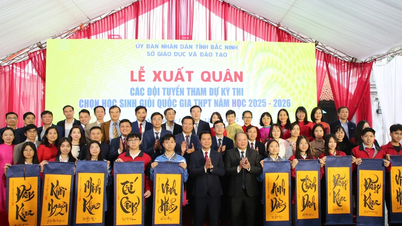
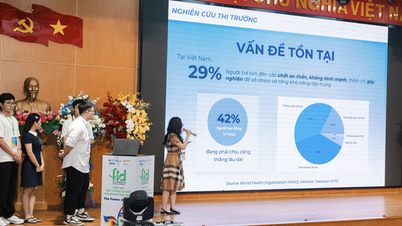




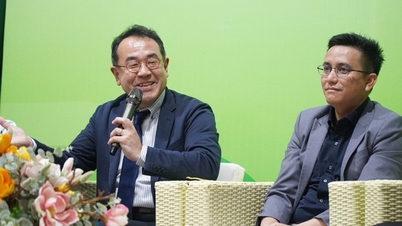





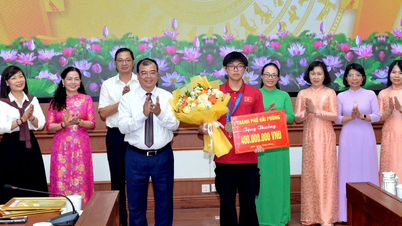
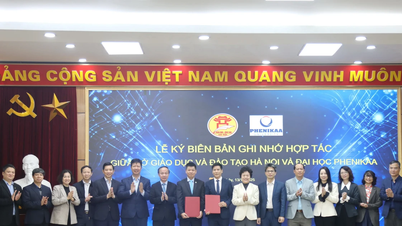
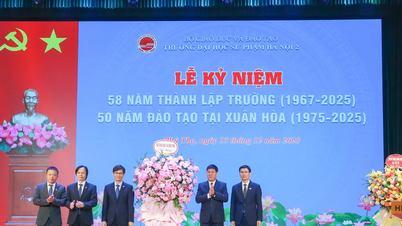


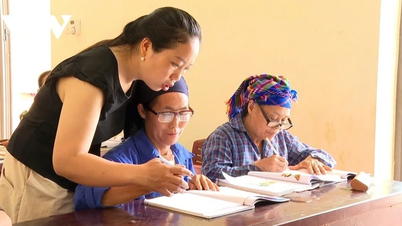

























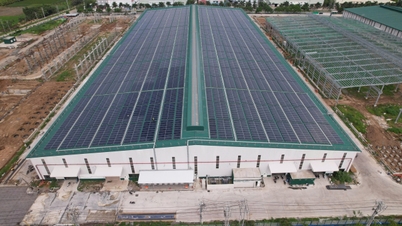


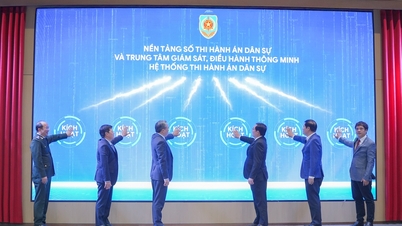










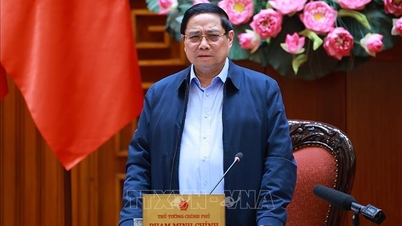


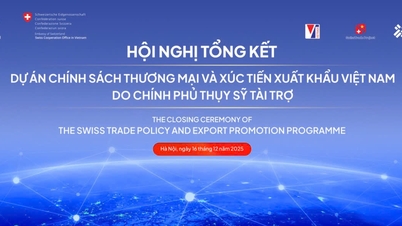

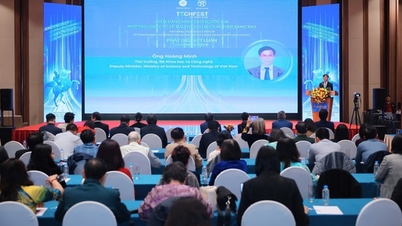

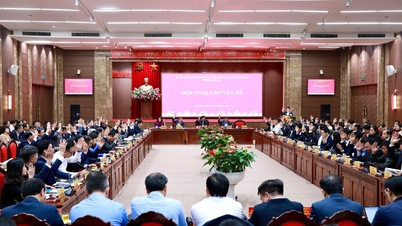

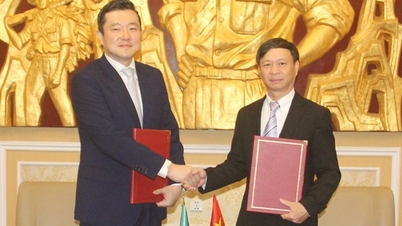


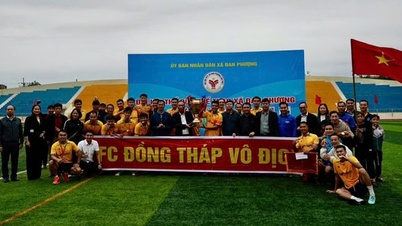

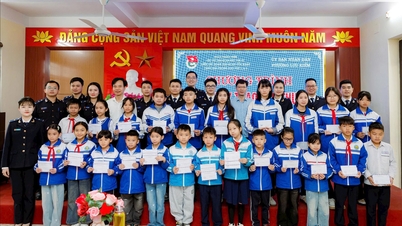

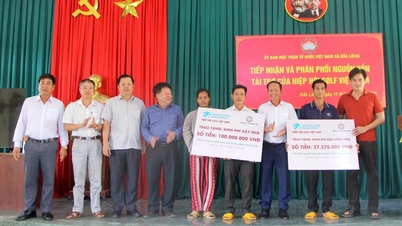


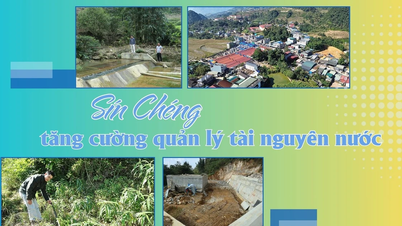















Comment (0)